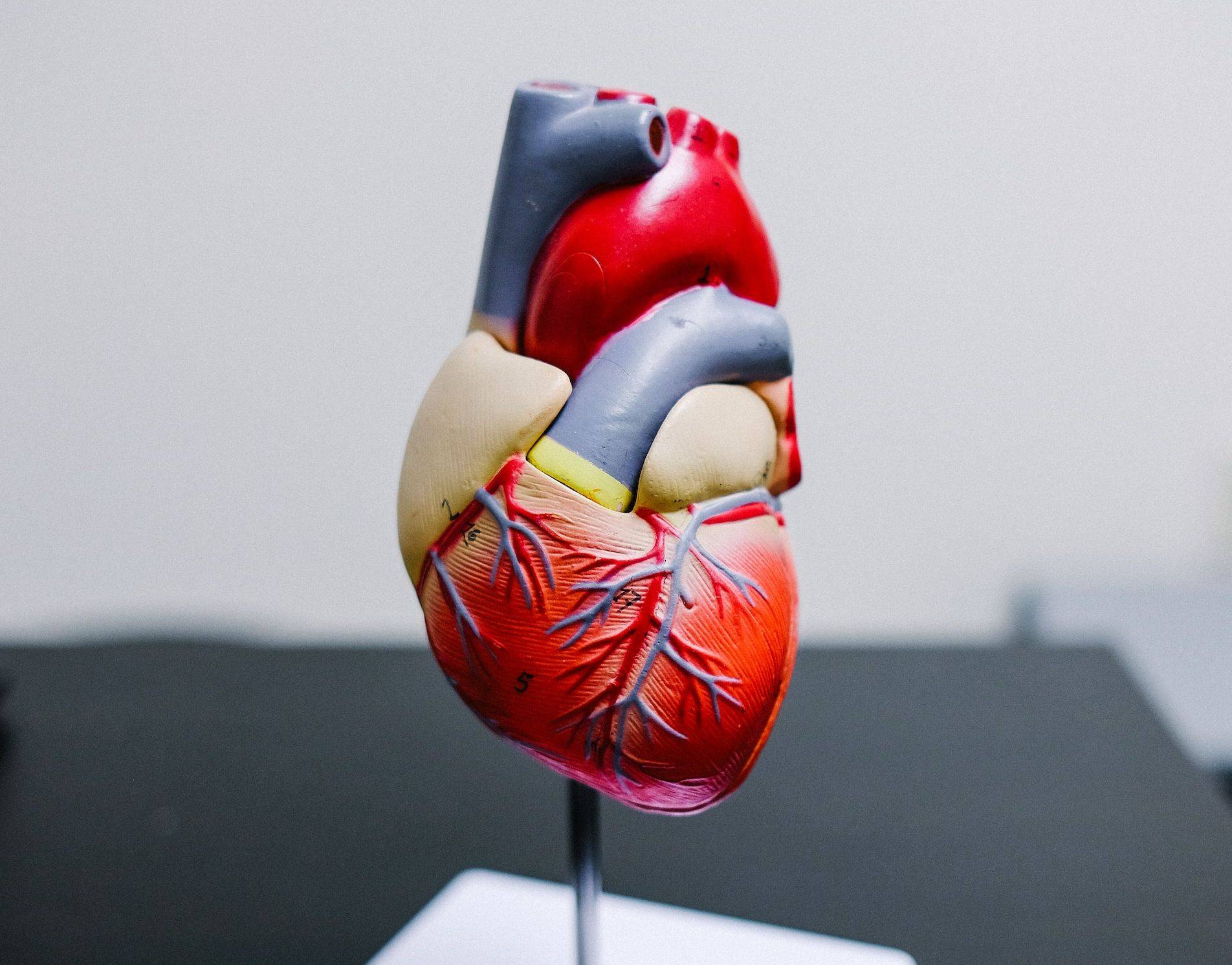



Angioplasty: What to Know Before and After Your Surgery
4th June 2024


Angioplasty is a medical procedure used to open blocked blood vessels so that blood and oxygen can flow. There are several types of angioplasties for treating different medical issues, for example a coronary angioplasty, which is performed to allow blood to flow more freely to the heart.
Although angioplasty is a conventional and low-risk treatment, it’s always good to learn as much as you can before you undergo the procedure.
This article will focus on coronary angioplasty. You will learn about different types of angioplasty, who angioplasty is for, the risks involved, preparation and recovery guidelines, the cost of angioplasty in Hong Kong from public and private healthcare providers, and whether it’s covered by insurance.
What is angioplasty?
Angioplasty treats atherosclerosis, a buildup of plaque in the arteries. This plaque is made of fat and cholesterol and restricts the flow of blood through blood vessels. Angioplasty is a common treatment for coronary heart disease and heart attacks (also known as acute coronary syndrome). It is also called balloon angioplasty or percutaneous transluminal coronary angioplasty (PTCA).
During an angioplasty procedure, the doctor inserts a catheter into the blocked blood vessel. At the end of the catheter is a tiny deflated balloon. Once the catheter is in place, the doctor inflates the balloon, which pushes the plaque or blood clot against the sides of the artery, opening up the artery so that blood can flow.
Angioplasty procedures frequently include the placement of a stent, an expandable wire mesh tube that helps keep the artery open and prevent it from narrowing again. Some stents are coated with medications, which are released over time to prevent plaque buildup. A coronary angiography with stent is also called a percutaneous coronary intervention (PCI).
There are different types of angioplasty for unblocking blood vessels in different parts of the body.
Coronary angioplasty aka percutaneous transluminal coronary angioplasty
- Unblocks coronary arteries, which supply blood to the heart muscle
- Often performed on patients with coronary artery disease (CAD)
- Can be used to treat chest pain (angina) and shortness of breath
- Can also be used to treat heart attacks in emergency settings
- Less invasive than open-heart surgery and cardiac bypass surgery
Peripheral angioplasty and stent
- Unblocks blood vessels outside the coronary arteries, such as in the pelvis, arms or legs
- Often performed on patients with peripheral artery disease (PAD)
- Can be used to treat leg pain
Carotid angioplasty
- Unblocks carotid arteries, which supply blood to the brain
- Often performed on patients who have had a stroke or as a stroke-prevention treatment
Venous angioplasty
- Unblocks veins, usually in the legs, chest or abdomen
- Often performed on patients with venous disease such as deep vein thrombosis (blood clots)
- Can be used to treat edema, swelling and pain in the legs
The rest of this article will focus on coronary angioplasty.
Who needs angioplasty?
Whether or not you need a coronary angioplasty depends on several factors. Your doctor will consider the extent of your heart disease, past treatment history, overall health, and risk factors to decide whether angioplasty is right for you.
Your doctor may decide angioplasty is the correct approach if your heart health hasn’t improved even after taking medication and making lifestyle changes, if your angina (chest pain) is getting worse, or if you have a heart attack.
You might not be a good candidate for angioplasty if your heart muscle is weak or if you have diabetes or multiple severe artery blockages. In this case, your doctor might decide that a coronary artery bypass surgery is more suitable.
Angioplasty risks
Like all medical procedures, angioplasty and stenting come with risks. Some risks are more common than others.
Common risks of angioplasty include:
- Bleeding, bruising or infection at the catheter insertion site (typically the groin, arm or wrist)
- Blood clots
- Restenosis, or repeat blockage or narrowing of artery
Rare risks of angioplasty include:
- Heart attack
- Stroke
- Irregular heartbeat
- Kidney damage
- Blood vessel damage (from the catheter)
Other risks of angioplasty include:
- Chest pain or discomfort
- Allergic reaction to of the contrast dye
Depending on your health condition, there may be other risks. For example, the risk of complications from angioplasty gets higher with age or if you have multiple blocked arteries, kidney disease or heart failure.
It is important to speak with your doctor beforehand if you have any questions or concerns.
How to prepare for your angioplasty
Before your angioplasty, your doctor will give you clear instructions on how to prepare. Be sure to follow their instructions.
Your doctor’s team will also perform a physical examination and go over your medical history. For a coronary angioplasty, the medical exam may include a chest X-ray, blood tests and electrocardiogram (ECG).
You might be asked to stop taking certain medications before your angiogram. You’ll be asked not to eat or drink six to eight hours before your surgery. You’ll need to bring any medication you’re currently taking to the hospital with you. You will also need to arrange for someone to take you home the day after the surgery.
Angioplasty surgery: What to expect and duration
On the day of your operation, your doctor will explain the procedure to you and have you sign a consent form. Your doctor’s team will ask you about the medication you take and any allergies or past allergic reactions you’ve had to things like contrast dye or medicines.
You’ll be given a hospital gown to wear. You will lie on a procedure table, where you will be hooked up to an ECG monitor and pulse oximeter. Your vital signs, like your heart rate, blood pressure and oxygen levels, will be monitored during the angioplasty.
An intravenous (IV) drip will be inserted into your hand or arm, through which you will receive fluids and medication, such as a sedative to relax you and anticoagulants to prevent blood clots from forming. General anesthesia is not needed for coronary angioplasties. Many patients watch what’s going on in the procedure on the monitors.
First you will have a coronary angiogram, an X-ray imaging technique that shows the blockages in your blood vessels. Some local anesthetic will be injected at site on your groin, arm or wrist. An incision will be made, and a small “introducer tube” will be inserted at the incision site. A catheter will be inserted into the tube. With the aid of X-ray imaging, your doctor will guide the catheter through your artery. A contrast dye will be injected into the catheter to reveal the blockage. You might feel a warm sensation when the dye is released, or have a funny taste in your mouth or a brief headache.
Once the blockage is identified, a guidewire will be threaded through the narrow part of the artery, followed by the catheter with a deflated balloon at the tip. If your surgery involves a stent, there will be a collapsed stent (a wire mesh tube) around the balloon. The balloon will then be inflated to push the plaque up against the artery walls to stretch the artery. The inflating of the balloon will cause the stent to expand and lock into place so it can hold the artery open.
The balloon will then be deflated and the catheter and introducer tube removed. An angiogram will be taken to assess the flow of blood after the angioplasty has been performed.
The entire procedure should take 30 minutes to a few hours. This depends on things like the number of stents that need to be inserted and the number and condition of arteries involved.
Angioplasty aftercare: Dos and don’ts
After your angioplasty procedure, you might be kept at the hospital overnight for observation.
Your doctor will advise you on any medication you must take and how to take care of your wound. They might also talk to you about ways to improve your diet and lifestyle to keep your heart healthy.
In general, you should recover and be able to resume normal activity after a week or two.
What to do:
- Take medication exactly as prescribed
- Keep your wound clean
- Drink lots of fluids to flush out the contrast dye from your body
- Make lifestyle changes to improve your heart health - Lose extra weight - Quit smoking - Eat a healthy diet (consider going plant-based) - Get regular exercise - Manage stress
- Go through a cardiac rehabilitation program
What to avoid:
- Avoid lifting heavy objects for a week
- Avoid strenuous exercise for a week
- Do not drive a car for a week
- Do not smoke
When to seek medical attention
There are some cases where it would be best to contact your doctor or call an ambulance after your angioplasty.
Contact your cardiologist if you have any of the following:
- A lump under the skin around your wound that’s bigger than a pea
- Redness, swelling and pain around your wound (it might be infected)
- A fever
Call 999 if you have any of the following::
- Nonstop bleeding from your wound, even after applying pressure for 10 minutes
- Severe chest pain that won’t go away, even after taking angina medication
- The arm or leg where the incision was made is cold, numb or discolored
Your doctor will also inform you of any other warning signs you must look out for after your angioplasty procedure.
Angioplasty options and costs in Hong Kong
Angioplasty in the public sector
The cost of a coronary angioplasty in the public sector ranges from HK$ 37,800 to HK$ 59,950, depending on which blood vessels are involved and whether or not there is stenting or thrombolytic agent used. This fee covers the surgeon fee, along with anesthetic, medication, and operating theater expenses.
For example: A coronary angioplasty with stent for one coronary vessel costs HK$ 37,800 o HK$ 48,850 A coronary angioplasty with stent for more than one coronary vessel costs HK$ 48,850 to HK$ 59,950
Note that there are long wait times for angioplasty in the public sector, and that the procedure can only be arranged with a doctor's referral.
Angioplasty in the private sector
The cost of angioplasty in the private sector ranges from HK$ 100,000 to HK$ 300,000. Please note this price range is for reference only; there may be additional costs for special treatment required. It is best to check with the healthcare provider for specific prices.
Below are some private options for cardiac angioplasty in Hong Kong.
| Hospital | Address |
|---|---|
| Gleneagles Hospital Hong Kong Tel: 2122 1333 (Service Enquiry & Appointment) | 1 Nam Fung Path, Wong Chuk Hang, Hong Kong |
| Hong Kong Adventist Hospital - Stubbs Road Tel: 3651 8888 | 40 Stubbs Road, Hong Kong |
| Hong Kong Adventist Hospital - Tsuen Wan Tel: 2275 6688 | 199 Tsuen King Circuit, Tsuen Wan, N.T., Hong Kong |
| Hong Kong Sanatorium & Hospital Tel: 2572 0211 | 2 Village Road, Happy Valley, Hong Kong |
Does health insurance cover angioplasty in Hong Kong?
Yes, health insurance covers angioplasty in Hong Kong. Angioplasty is covered under inpatient benefits.
Under local standard medical plans, how angioplasty is categorized and the sub-limits that apply can vary greatly. Be careful of such caps that may leave you paying a substantial amount out of pocket.
Under comprehensive international medical plans, angioplasty is covered in full with no sub-limit.
How Alea can help you save on insurance
Looking for life or health insurance for yourself, your family or your team?
Do you already have an insurance policy? You could find a better plan!
Alea brings you choice, unbiased advice and outstanding service, with access to 100+ options from 25+ insurance companies. If you already have an insurance policy, switching insurance policies with Alea doesn’t cost you a thing.
Get free quotes with us today.
An advisor will be in touch to answer all your questions!
This article was independently written by Alea and is not sponsored. It is informative only and not intended to be a substitute for professional advice and should never be relied upon for specific advice.

